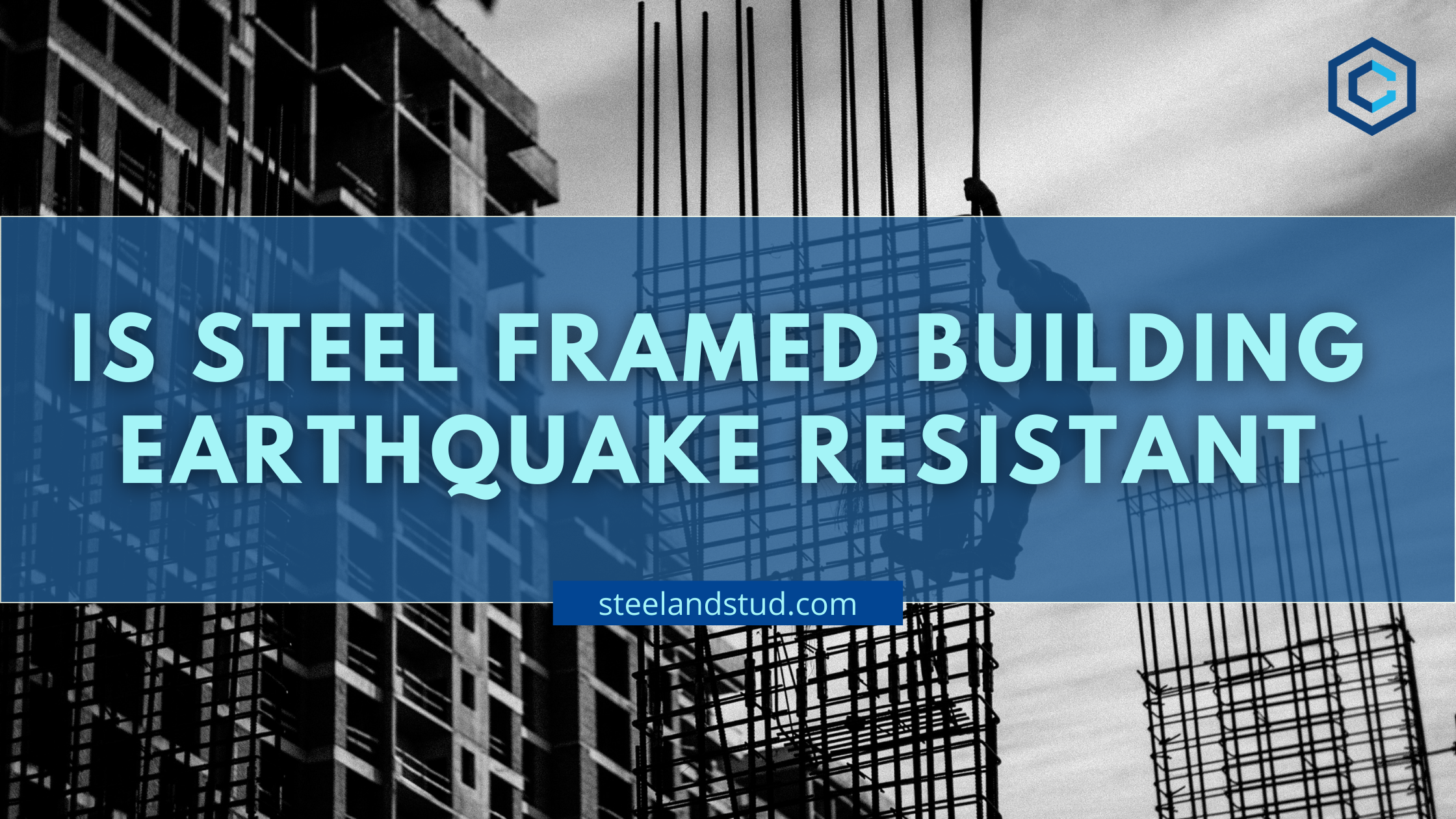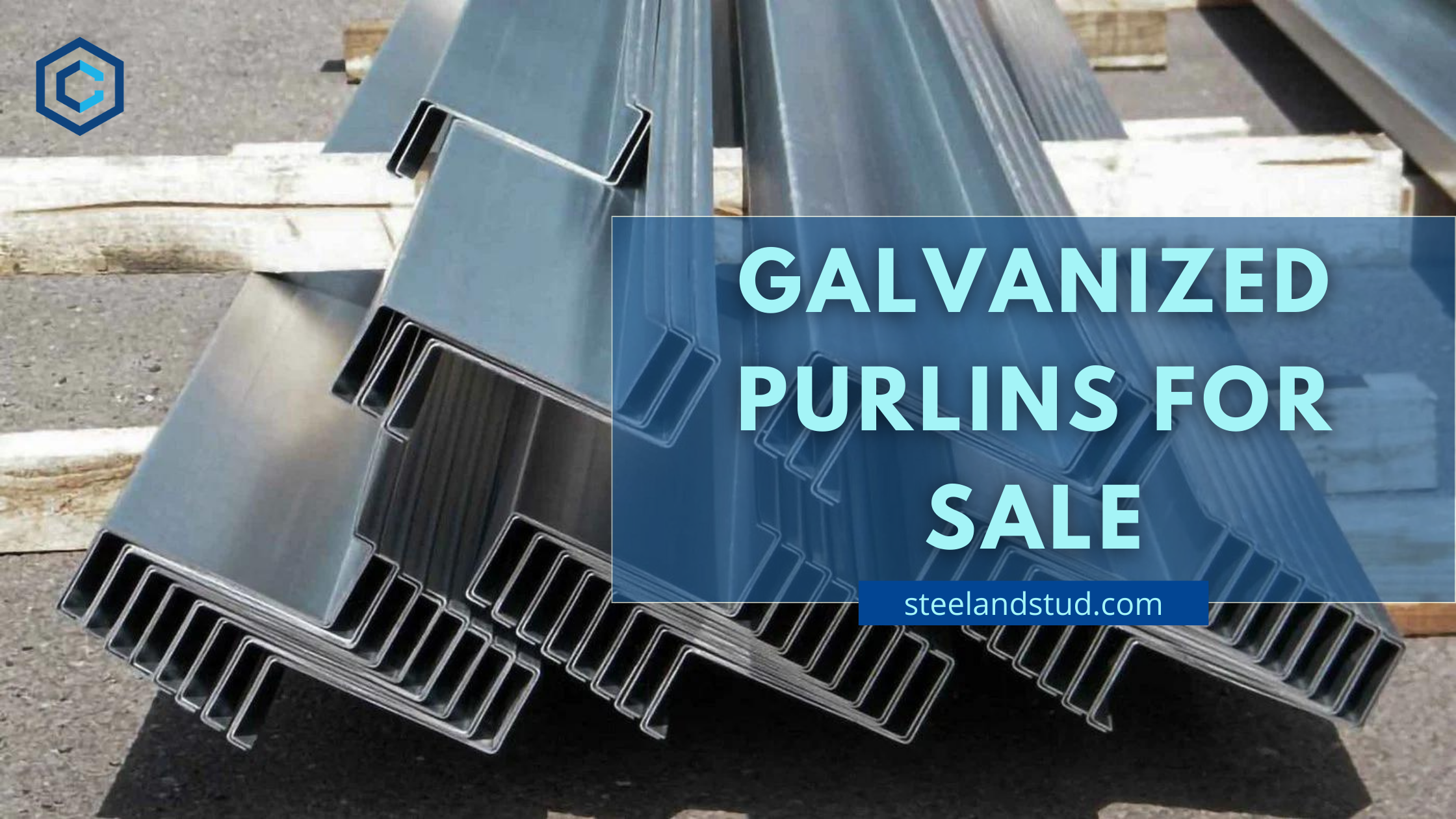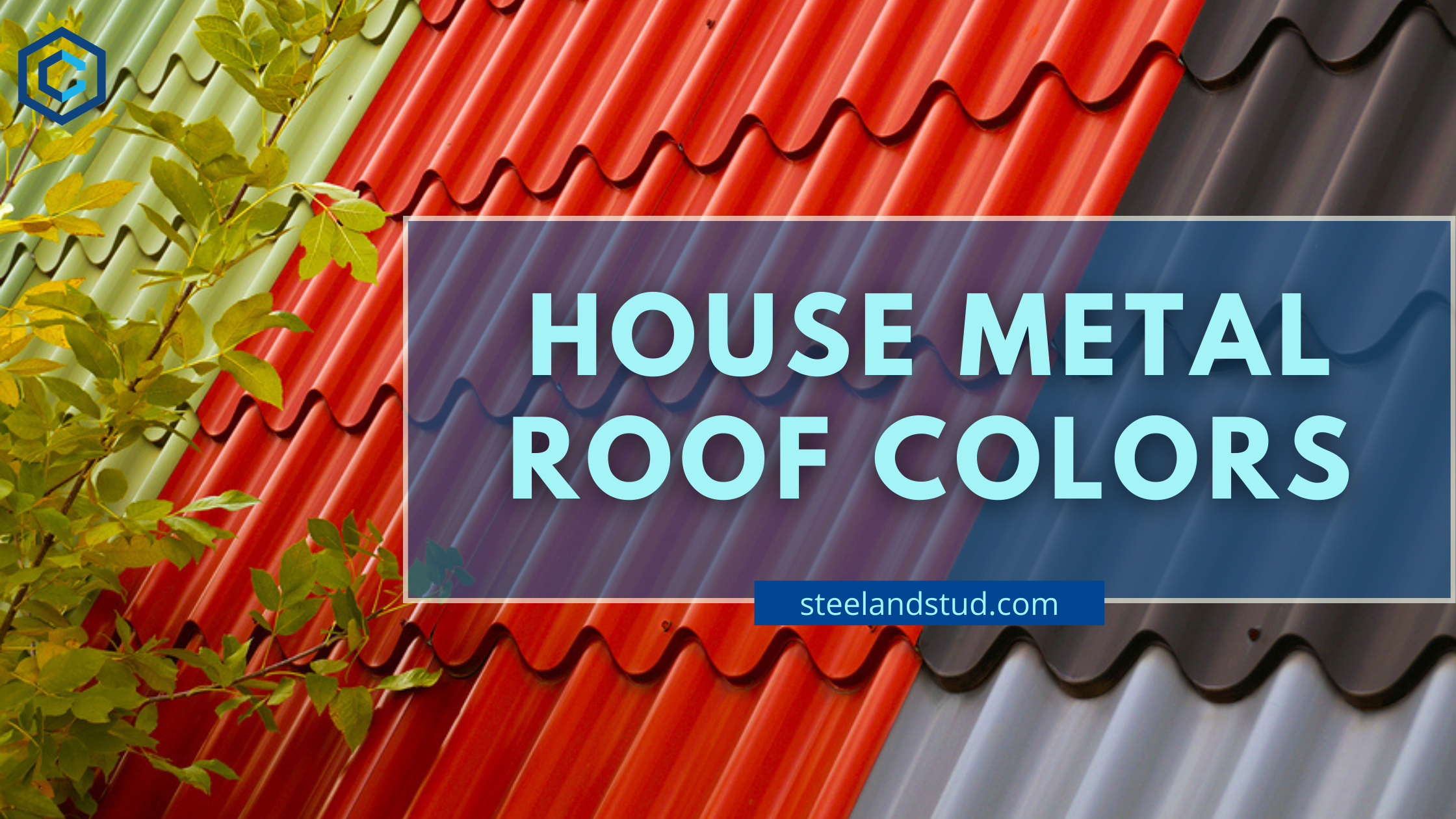
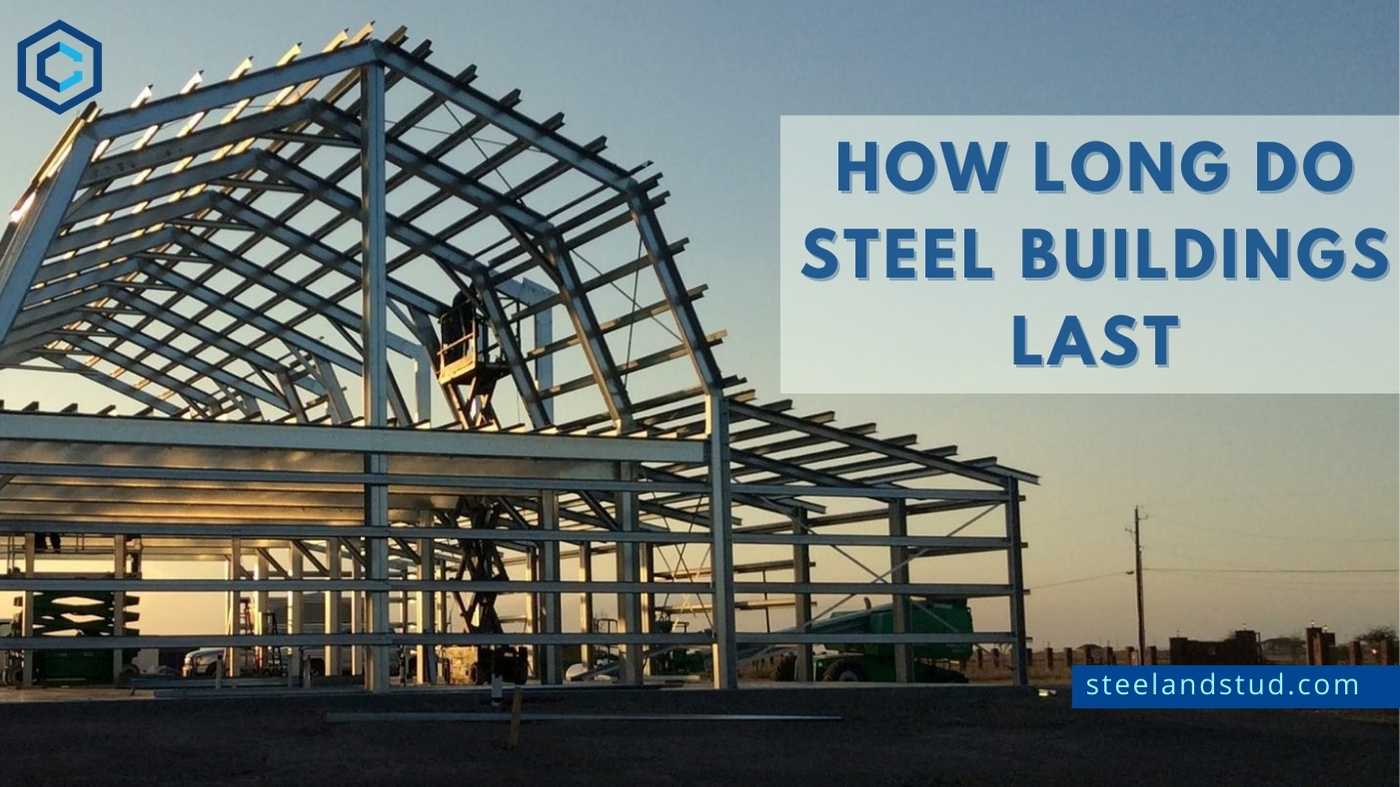
How Long Do Steel Buildings Last
- Kunal Singh
Steel buildings last a long time. However, they require regular maintenance to avoid rusting and corrosion and ensure that they do not deteriorate over time.
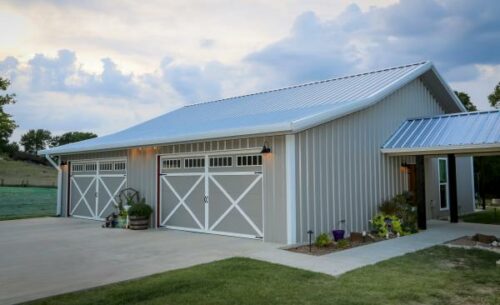
Steel buildings are made from steel, an alloy of iron and carbon. It makes them more robust than many other building materials. They are also fireproof and resistant to corrosion due to the presence of chromium in the steel.
Material can vary but most commonly comes in one of two forms: Cold-formed or welded construction.
Cold-formed steel involves using hydraulic jacks to shape the metal into its final form. Welded construction involves welding two pieces of metal together for strength and durability.
The type of steel used in a building will determine how long does a steel building last, how sturdy it is and how well it holds up against weather conditions such as rain or snowfall at different times. Steel buildings are also more expensive than other types of building materials. They are more durable and resistant to wear and tear during regular use or abuse by humans or animals.
If you are looking to do a steel building, look no further! “Steel And Stud” makes engineered steel buildings to fit all your needs. Whether you need a new shed for gardening tools or a stable for your horses, or an answer on how long do metal buildings last “Steel And Stud” can help turn your ideas into a reality.
Table of Contents
How Long Do Steel Buildings Last?
Suppose you are wondering how long do steel structures last or, being more specific, how long do steel buildings last in Washington state?
The lifespan of a steel building depends on the quality of its construction, but it can vary from “50 to 100 years“. It is also important that the building is properly maintained and cared for to increase life expectancy.
A major cause of premature deterioration is exposure to rain and moisture. Moisture from rain or winter residue can cause rust to form on the steel surface, damaging a building’s structure.
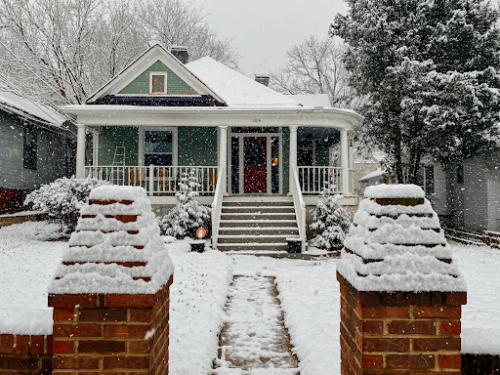
Steel buildings built with high-quality steel and with few defects will last much longer than those made with low-quality materials or built with poor craft.
A steel building needs low maintenance to ensure its safety and durability. It can be inoculated against rust and corrosion by applying a primer coat containing zinc chromate before painting or staining the building. The primer coats need reapplying every five years to prevent electrolysis.
The paint used on most steel buildings also needs reapplying in a timely manner to prevent chipping or peeling from occurring from weather conditions such as wind or rain. The paint should also be protected from UV rays during the summer when direct sunlight can cause it to fade faster than usual.
Factors That Affect The Lifespan Of Steel Buildings
Many factors affect the life span of a steel building. The most important ones are:
Type of Steel Used
Many companies use high-quality steel that has been properly heat-treated and tempered. It ensures that the steel will not rust or corrode over time, which would affect its strength and durability.
In addition, high-quality steels are much stronger than low-quality ones, so it can hold up well in extreme weather conditions. You can use other types of steel in some instances, but it’s best to stick with what’s proven effective for any building project.
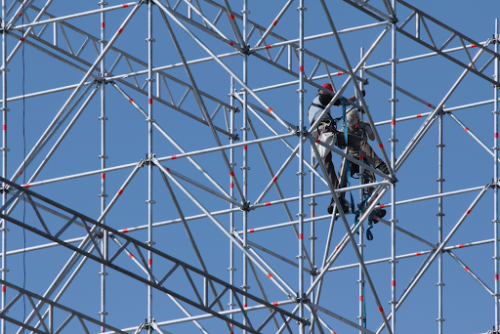
The type of steel used also affects how long a structure will last. Some types of steel are more resistant to corrosion than others. If you choose to use one susceptible to rusting, for example, you will need more frequent maintenance work than if you use one that does not rust easily.
Quality of Steel Used
To construct steel buildings (keeping steel building lifespan in mind), you require high-strength steel for structural purposes only. Reinforced steel answers the question of how long does a steel building last perfectly that it will have a longer life than an inferior grade of steel that has been recycled or recycled more than once. The recycled steel may have been reused in other buildings or products and will have lost some of its strength over time.
Quality of Welding and Other Construction Work
Steel buildings have bolted and welded joints, making them more susceptible to rust than other types of structures. It is because there’s no barrier between the two materials to prevent the transfer of moisture between them.
It is mainly during wet seasons when it rains heavily during dry seasons or in winter when it freezes. It can cause corrosion in areas where there’s contact between wet surfaces (e.g., decks) and dry surfaces (e.g., walls).
Types of Foundation
If the foundation is from concrete, the steel building will last longer than if built on a wooden or masonry foundation. Concrete has a much higher tensile strength than wood or masonry.
Therefore, if there is an earthquake or other external force, such as fire or vandalism, the concrete foundation will not break as others would. However, this does not mean that you can use concrete for all your foundations.
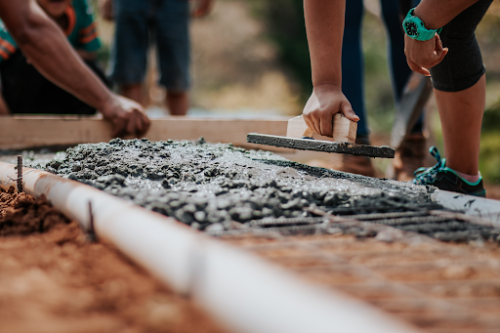
A strong concrete foundation is an essential component that makes steel buildings last longer. Strong reinforced concrete foundations can withstand earthquakes, wind and snow loads, and more. A good foundation also includes metal substrate underneath, which prevents cracking and bulging in the building during storms or heavy rains.
Design and Construction Details
Steel buildings have been around for a long and have proven to be durable structures. However, each design has weaknesses and strengths, which you should keep in mind when designing your project.
The design and construction details of your steel building can also affect its lifespan. For example, if you choose to build your home from scratch or buy a prefabricated house, you’ll need to consider how much energy it will take to heat or cool your structure.
Climatic Conditions
The surrounding in which you reside in its environment can also affect the lifespan of
- Let’s understand this with an example:
Suppose you are utilising your steel structure for an industrial purpose where the building continuously mixes with chemicals.
In that case, it can accumulate rust, which in turn can affect the lifespan. In contrast, if your building is used for a shed, storage facility, or carport purpose, then the building can sustain for a more extended period.
- Meanwhile, if we talk about the construction quality, then a lack of supervision or failure to understand the blueprint can directly affect the life span of your steel structure.
. For instance:
- If you live in an area which is more prone to snowstorms, then there may be required added upkeep to pull off the weight of the snow on the roof.
- Suppose you reside in a region with hotter heat than the sauna. In that case, it can also impact the life span of metal buildings by driving steel to expand and contract, leading to other structural damage such as sudden shape in the structure or wrapping.
- On the other hand, if your steel structure is set up on the seaside, it can quickly break or deteriorate due to salt in the air and moisture.
Maintenance
- Suppose you don’t give your metal buildings the care, periodic maintenance, regular wash, and repair from the additional damages they need.
- In that case, my friend, the lifespan of your steel structure can deteriorate in no time.
Usage And Construction Quality
- Let’s understand this with an example: Suppose you are utilising your steel structure for an industrial purpose where the building continuously mixes with chemicals. In that case, it can accumulate rust, which in turn can affect the lifespan. In contrast, if your building is used for a shed, storage facility, or carport purpose, then the building can sustain for a more extended period.
- Meanwhile, if we talk about the construction quality, then a lack of supervision or failure to understand the blueprint can directly affect the life span of your steel structure.
Why is Steel a Good Building Material?
You might have this question concerning regarding why steel and how long does structural steel last?
Steel is from iron ore that has been melted down and cooled. The raw materials are combined using techniques such as casting and forging to form bars in different shapes.
Steel is a good building material for several reasons. It is durable, long-lasting, inexpensive, and widely available. Due to these qualities, steel is the most widely used material in construction projects.
Easily Repaired
- Unlike other materials, steel is known for its simplicity which requires little maintained and is easily repaired.
Fire Resistant
- Also called the cool cucumber of building materials, steel is known for its non-combustible property, which doesn’t add fuel to the burning fire.
- Plus, additional fire-retardant coatings and fibreglass insulation can further increase its resistance to higher temperatures.
Rot And Insect Resistant
- When you’re the owner of steel buildings, you don’t have to deal with common problems like insect infestation, how long do steel frame houses last, rot, or natural deterioration.
- Why? Because steel’s inorganic composition makes it resistant to termites.
Corrosion And Mold Resistant
- There’s a reason why steel doesn’t corrode. Because it has certain antagonism against corrosion. Plus, coatings and paints available in the market (to apply on) isolate them from sun, water, and oxygen.
- On the other hand, mold does not feed on steel compared to other materials like wood and paint.
Wrap And Wind Resistant
- When appropriately produced and maintained, steel doesn’t suffer from the pitfalls such as wrap and split in contrast with other wooden structures.
- And as far as wind is concerned, steel buildings can withstand upto 200mph.
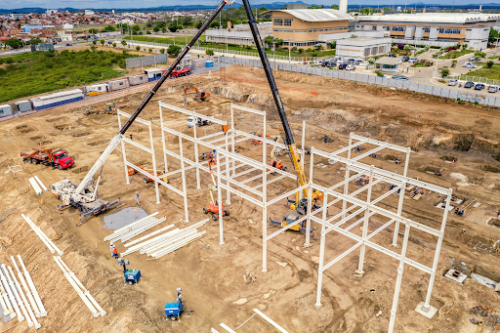
In addition to its durability, strength, and reliability, steel has some other features that make it suitable for buildings. It is a versatile material that can form different shapes, such as steel beams, columns, or panels, depending on what type of structure needs to be built or remodeled.
Steel is also relatively inexpensive compared to other building materials like wood or concrete. It makes it more affordable and easy to obtain at local stores where you can buy it by the foot instead of having to order. Essentially, it saves you money.
Benefits of Steel Buildings
The benefits of steel buildings are numerous. They can be in various sizes and shapes, durable, and withstand the elements. A steel building can be for commercial structures or residential purposes. Here are Benefits of Steel structures:
Energy Efficiency
Steel buildings use less energy than other construction projects because they don’t rely on concrete or lumber for their frame. They also use less water to build because they don’t need any insulation or baseboard heating in their walls.
Cost-Effective Building Materials
Steel is an affordable option for construction projects, especially compared to other materials such as wood or glass panels used in concrete structures. The main advantage of using steel is that it’s lightweight, provides an answer to the question of how long do steel frame houses last, and is easy to move around if needed. It is ideal for construction sites where workers frequently move materials around during set-up and tear-down times.
Ideal for Commercial Buildings
They can withstand the weather conditions that may arise in the area. The steel frames make it impossible for the structure to weaken from the elements or high winds.
Durable
The durability of metal buildings is unmatched by other materials such as wood or concrete. It especially applies to outdoor locations such as parking lots, cafes and patios, etc., which may be exposed to the elements year-round.
Strong and Rigid
The strength and rigidity of a steel building make it easy to design into an architectural design. So, your project looks beautiful outside while providing maximum strength on the inside.
How Do I Maintain My Steel Building?
Maintaining your steel building is essential. If you aren’t, it will start to look old and dingy and can cause problems with the structure. Here are some tips for keeping your steel building looking good:
Drainage
Ensure that your roof has rain gutters that allow water to run off your structure onto the ground below. You don’t want this water sitting on top of your roof and causing rusting or other damage to your building.
The best way to keep water from sitting on your roof is by installing clean gutters. These metal pipes run along the side of buildings and allow rainwater to flow down into storm drains. Storm drain systems can collect it in cities or towns.
Reflective Roof Coating
Roofs need a fresh coat every year or two so that they don’t become susceptible to rusting over time due to moisture from rainstorms or snow melt. You can purchase this type of coating at most hardware stores.
Cleaning
You need to clean metal buildings. You should do this at least once every two weeks during the winter months when there’s less need for air conditioning and heating. During this time, you should also check for any structural damage or wear that might be causing problems with your structure.
Repairs
If you find any problems, fix them immediately before they become more significant problems later on.
In addition, check the exterior of your building for any damage or signs of rust or corrosion. Contact a professional contractor immediately for preventive measures if there are any issues related to the lifespan of steel structures.
Lifespan of Steel Buildings Compared To Other Building Materials
Wooden
Wooden structures usually have an economic lifespan of 15-20 years (if maintained appropriately).
Concrete
Concrete structures usually have a lifespan of 50 years if maintained properly.
Brick
The lifespan of brick structures isn’t that much in contrast with steel structures, as brick is subjected to mold and mildew.
Prefabricated Buildings
The lifespan of prefabricated buildings depends on how the company produces them. But if we talk about our prefabricated buildings, they last for about 45-50 years.
Choose the Best Construction Material for Your Project
Don’t be left behind using outdated materials like wood, brick, and stone for your project. Which have a lower lifespan; instead, switch to steel buildings. And if you’re keen to make your every penny count, “Steel and Stud” is your one-stop solution for your steel building that provides high-quality steel building along with a greater lifespan. Contact Us Now!
FAQs Related to Steel Building Lifespan
- Start by giving your steel building an annual bath.
- Ensure that your insulation is not in contact with air.
- Never unnoticed your downspouts and gutters, and ensure you maintain them unclogged.
- Inspect your rolling garage doors regularly.
How you use your steel building may significantly impact its life span; for instance, gentle usage of the metal building can boost its lifespan upto 50 years, whereas if roughly used, it can diminish its lifespan.
Steel buildings are far better than wooden structures, so yes, it’s worth investing in steel buildings.
- Always pick high-quality steel.
- Control the moisture of your steel building.
- Apply protective coatings on your steel buildings to protect them against corrosion.
Proper selection of site, building codes, exterior finish, and foundation can impact the lifespan of a steel building.
Steel buildings can rust over time if:
- Not adequately maintained.
- Placed in an acidic environment.

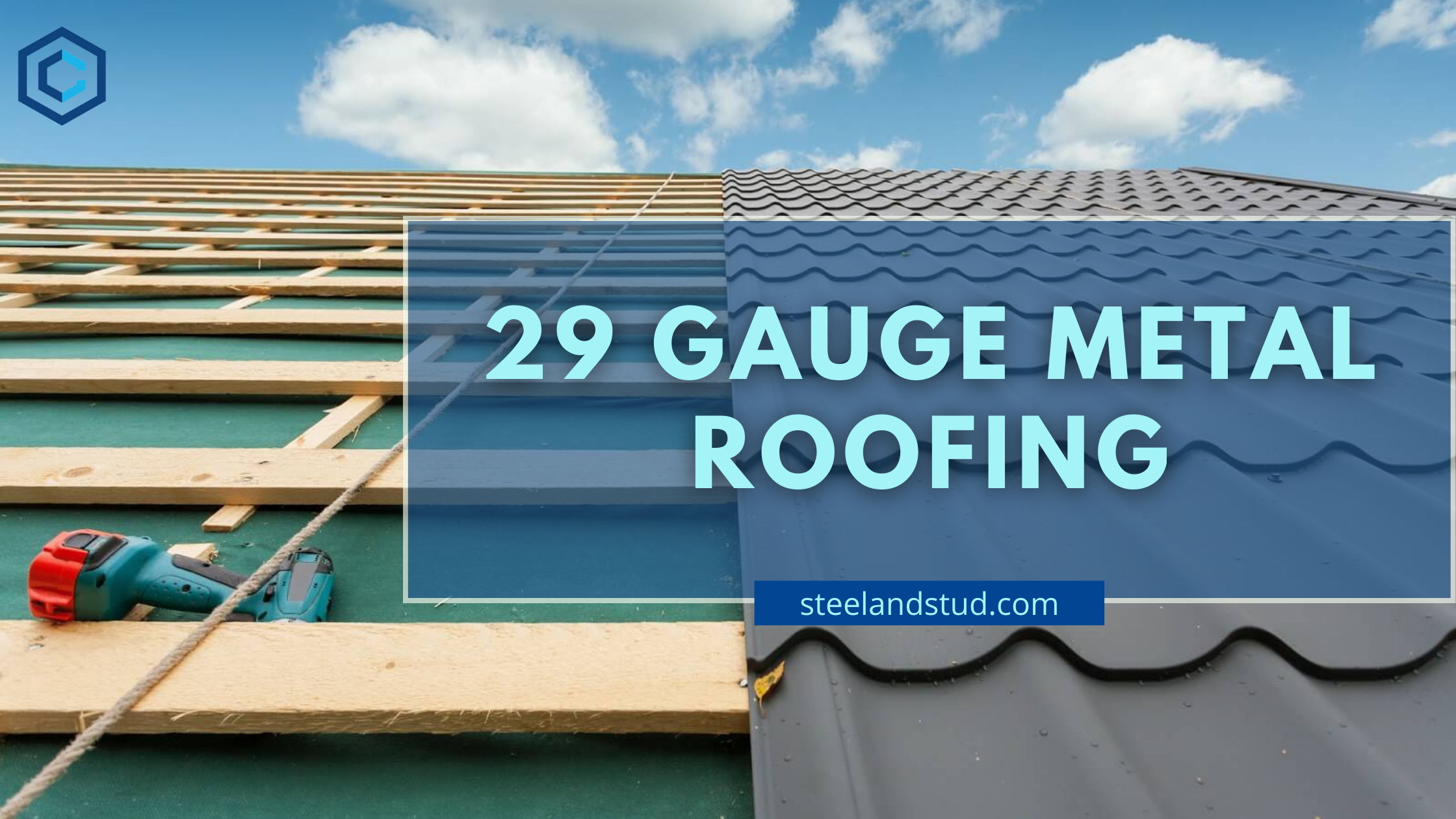
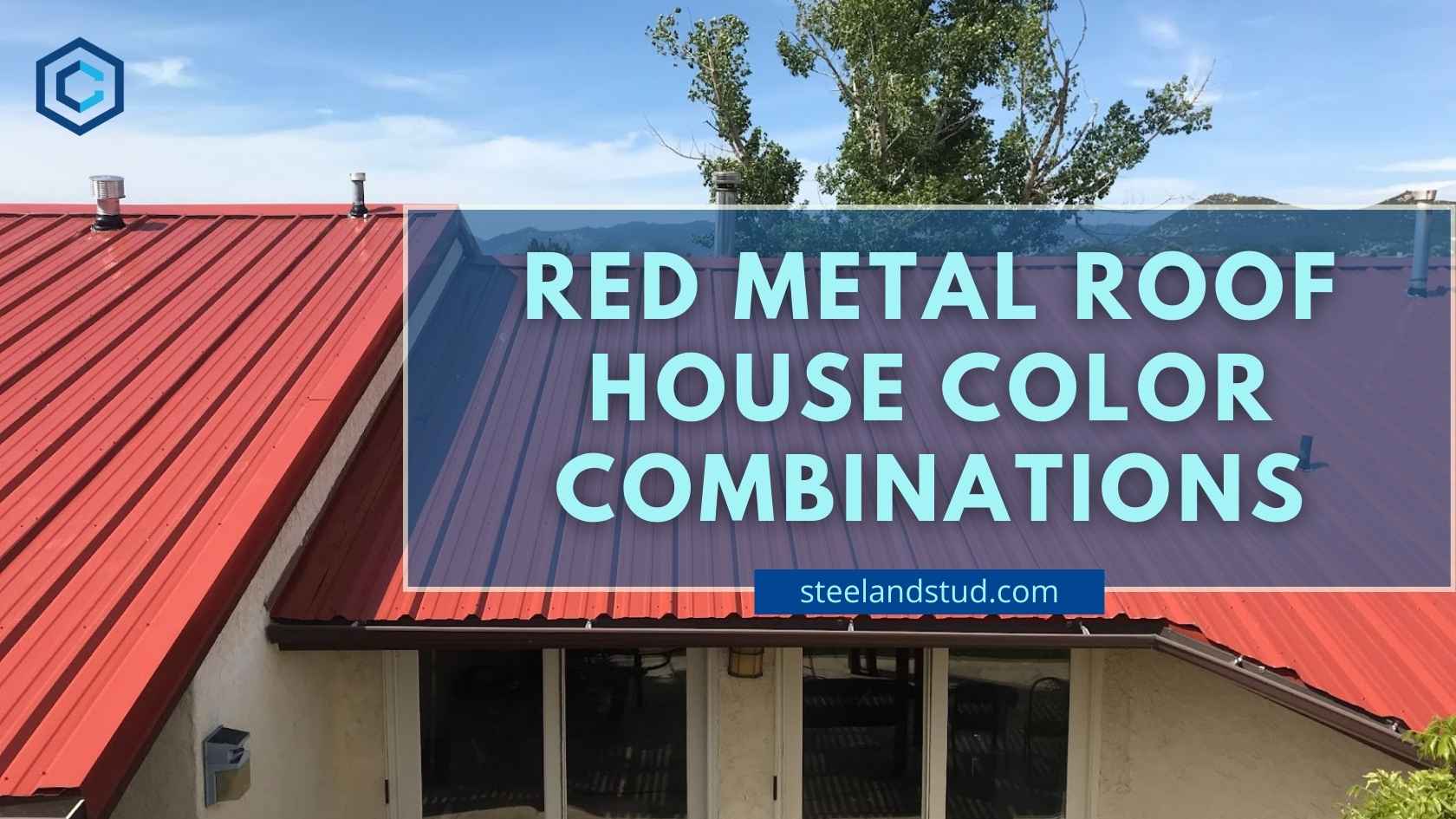
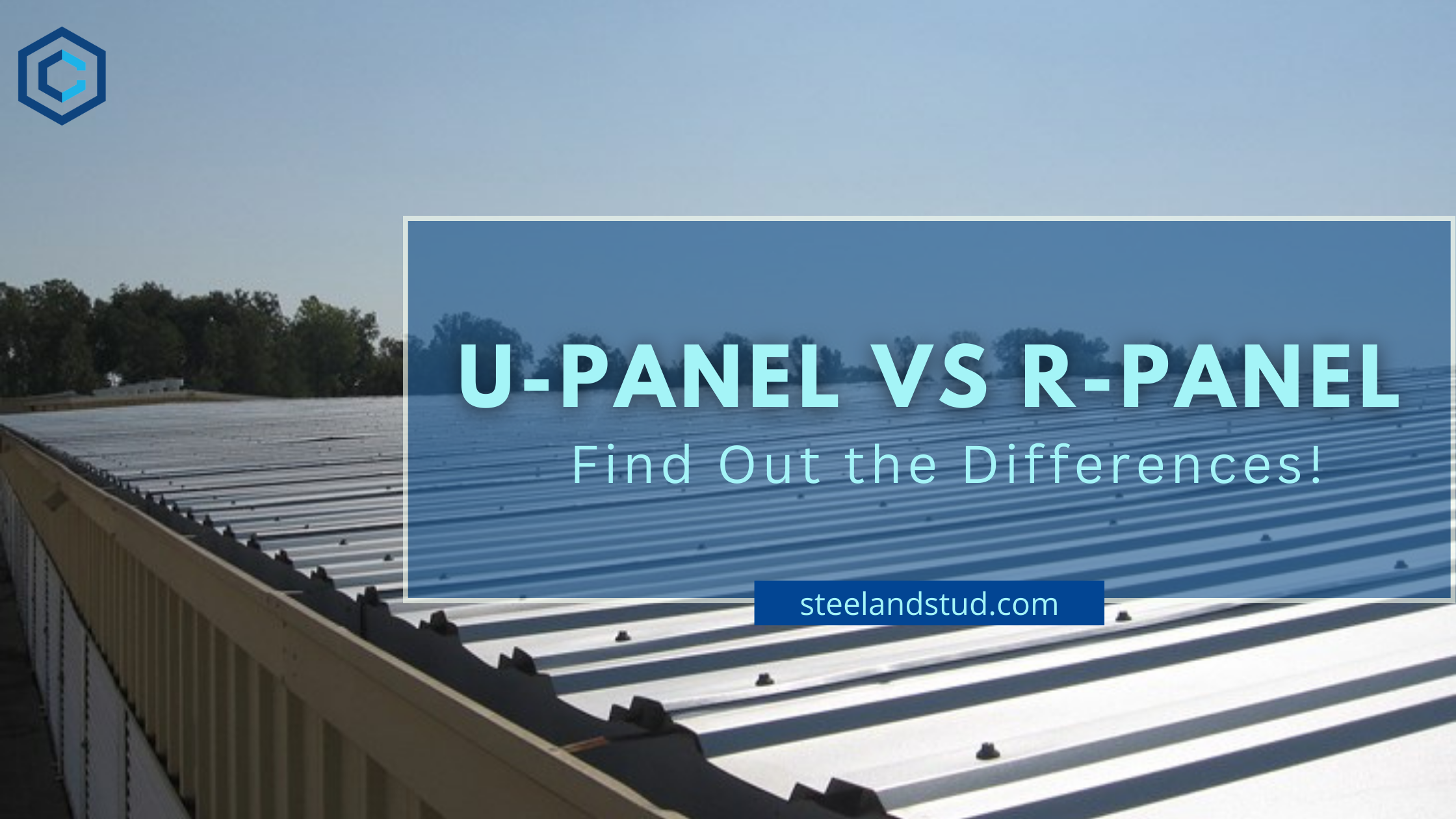
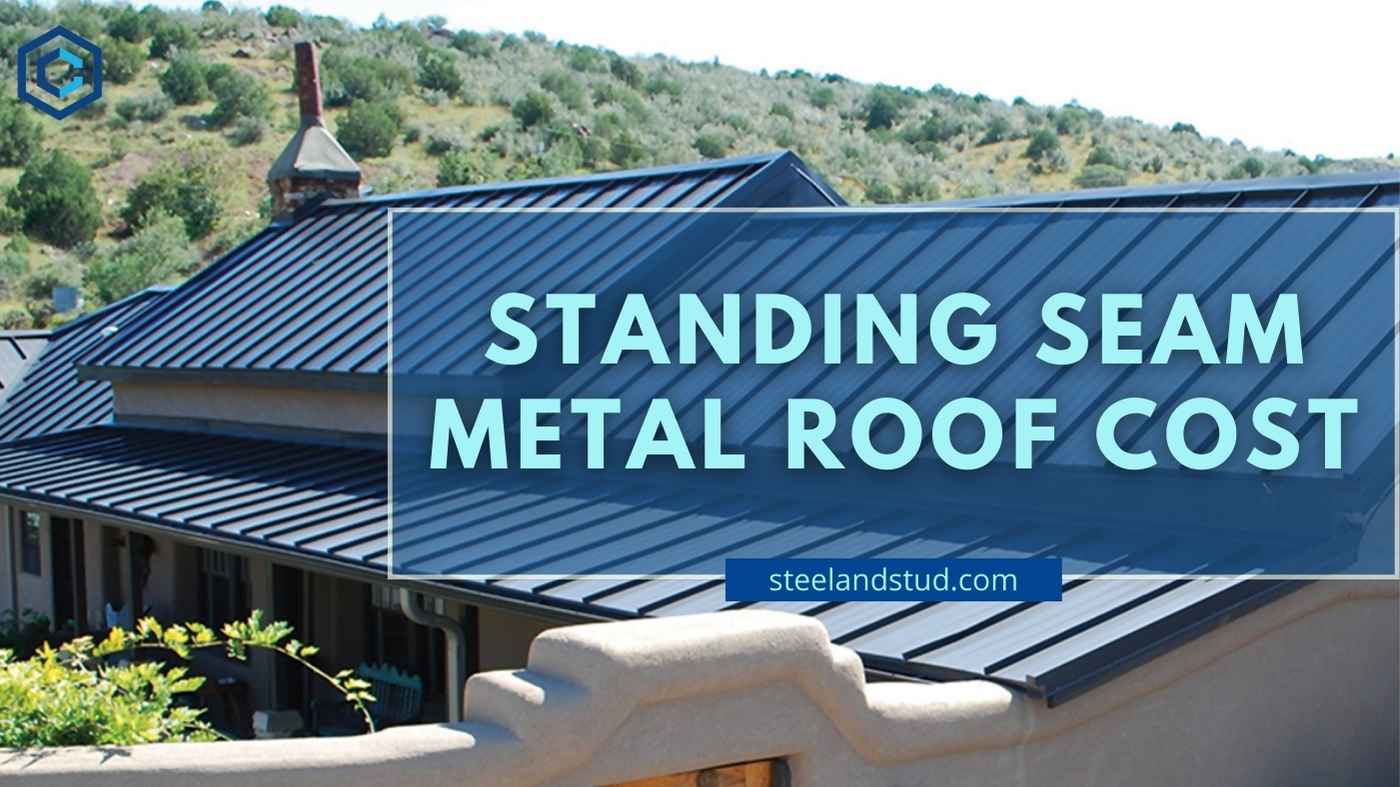
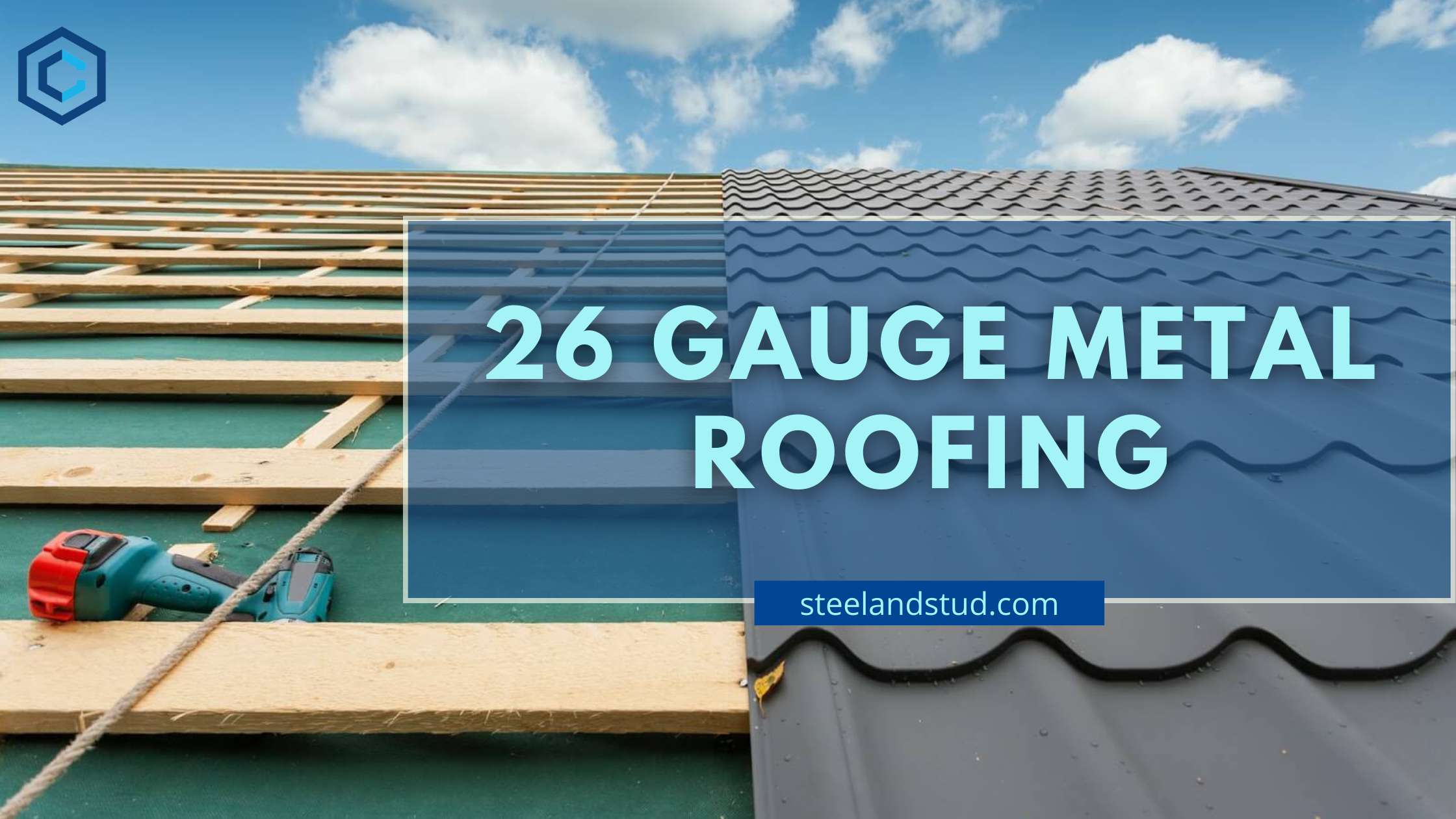
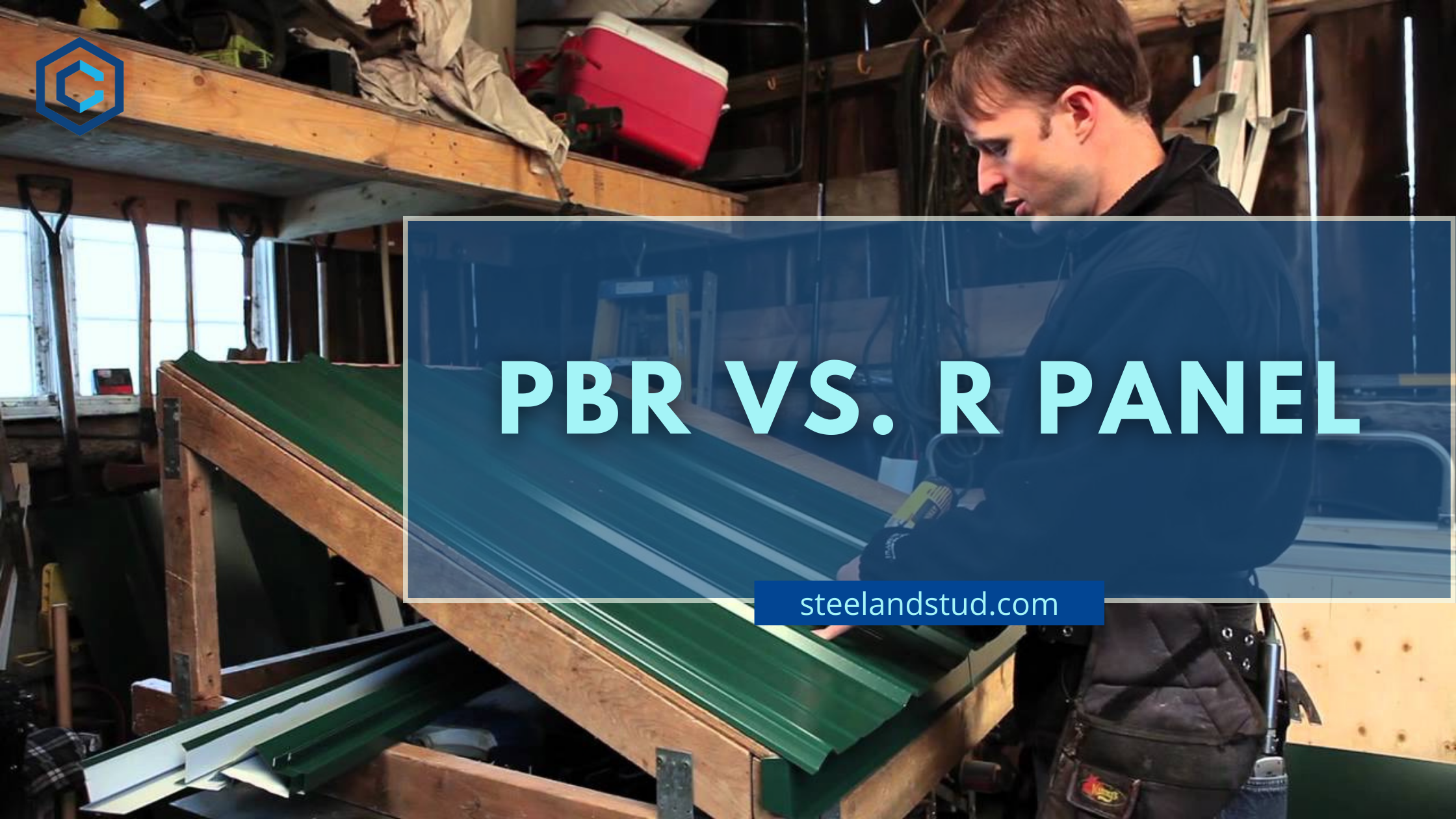
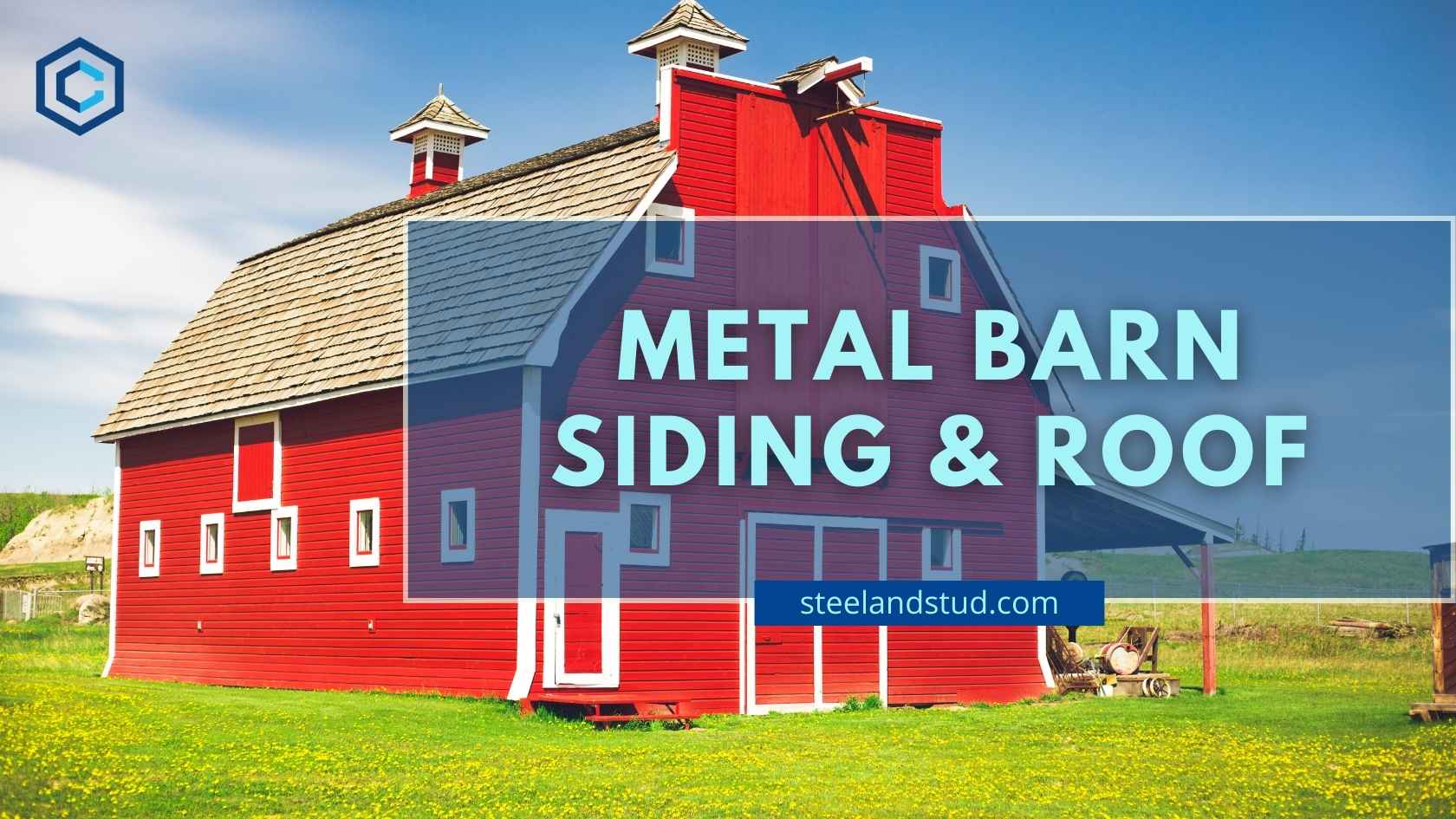
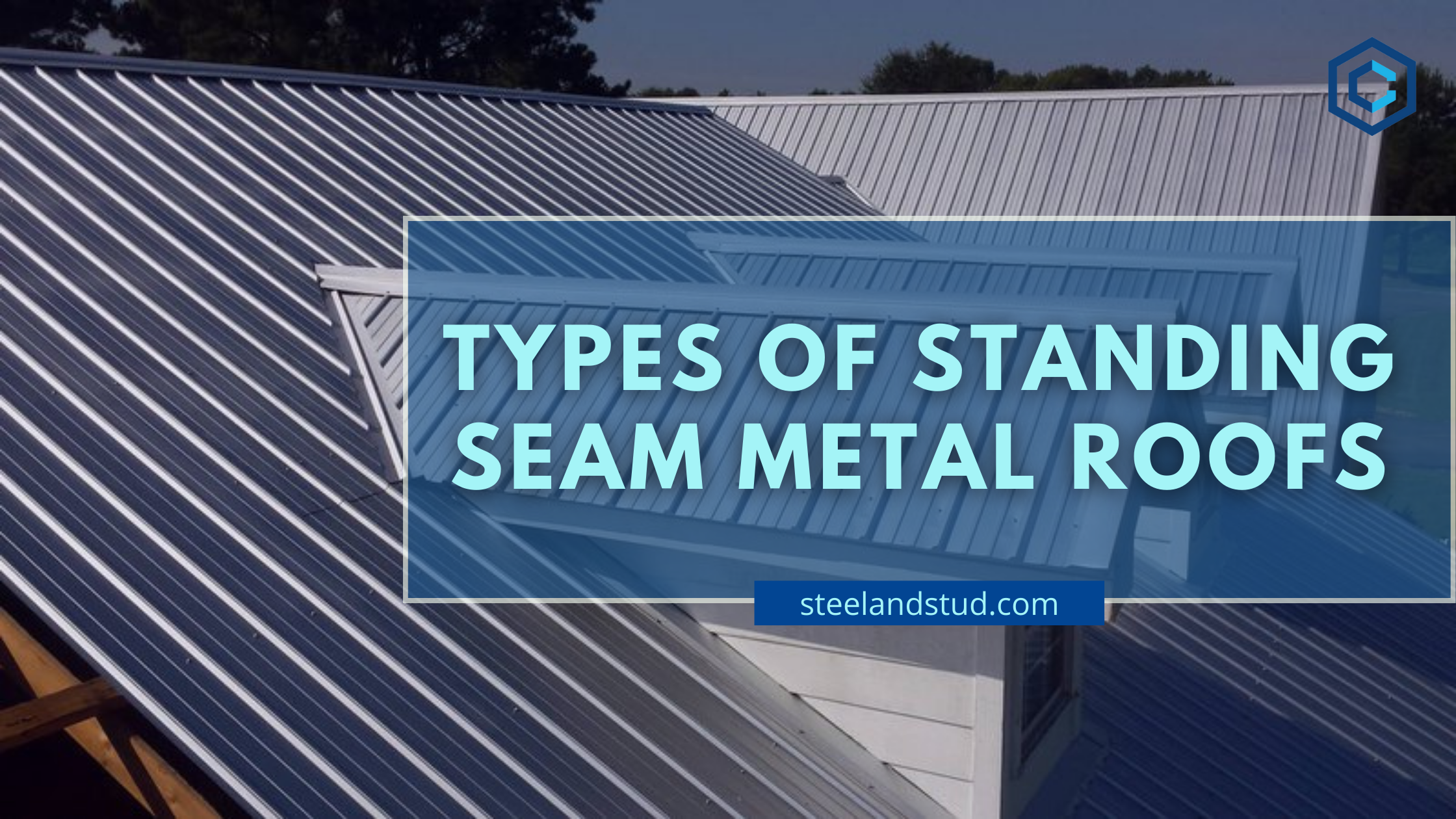
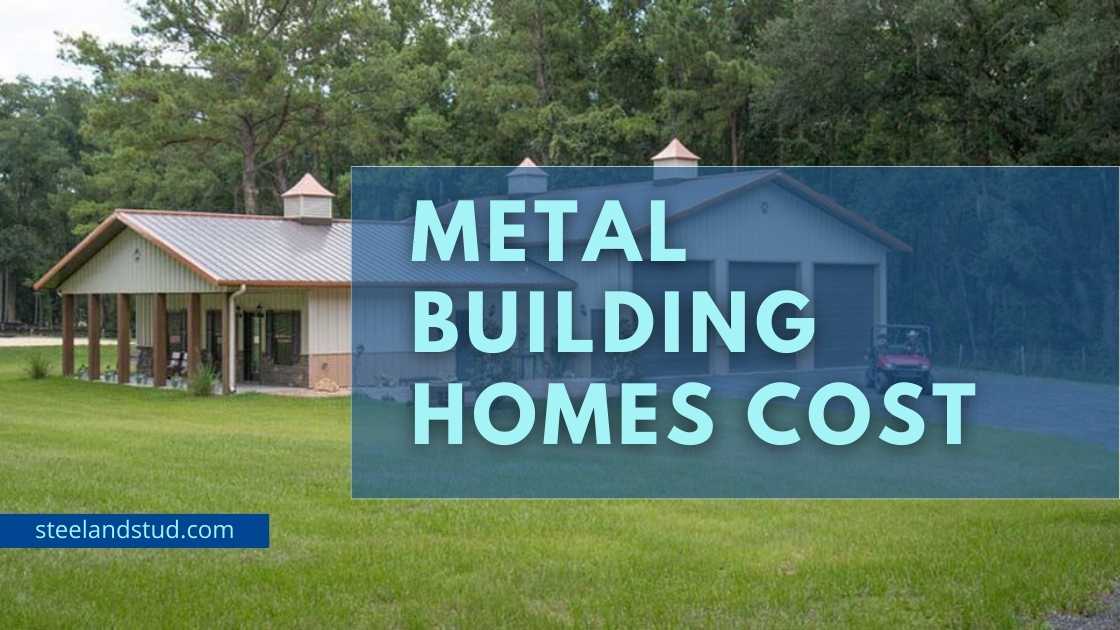
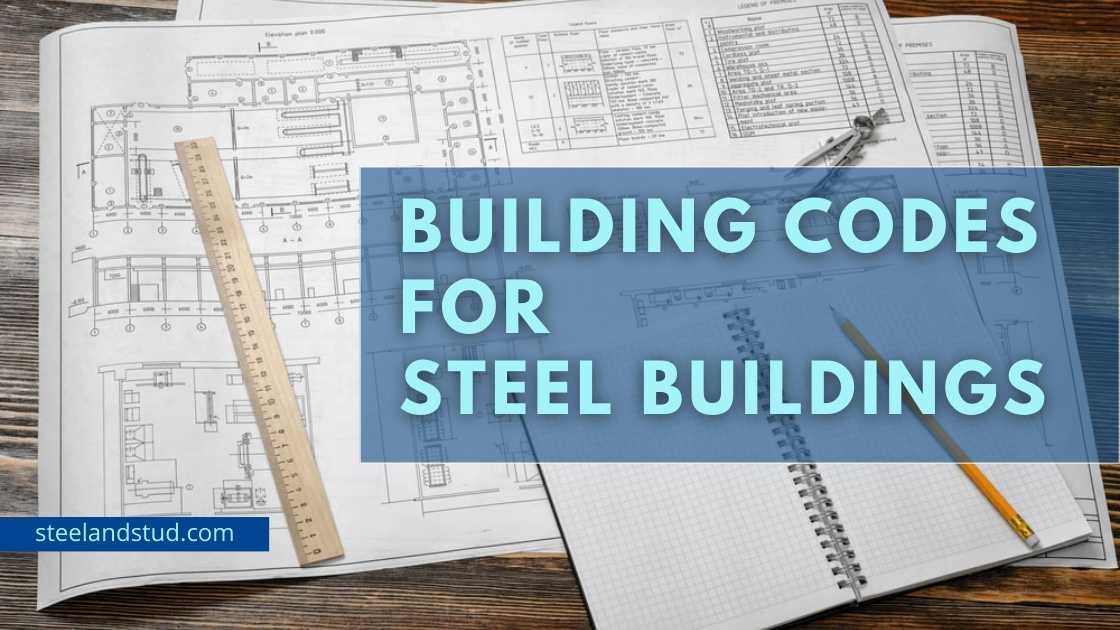

Indoor Riding Arenas: Types, Features, Benefits, and Cost
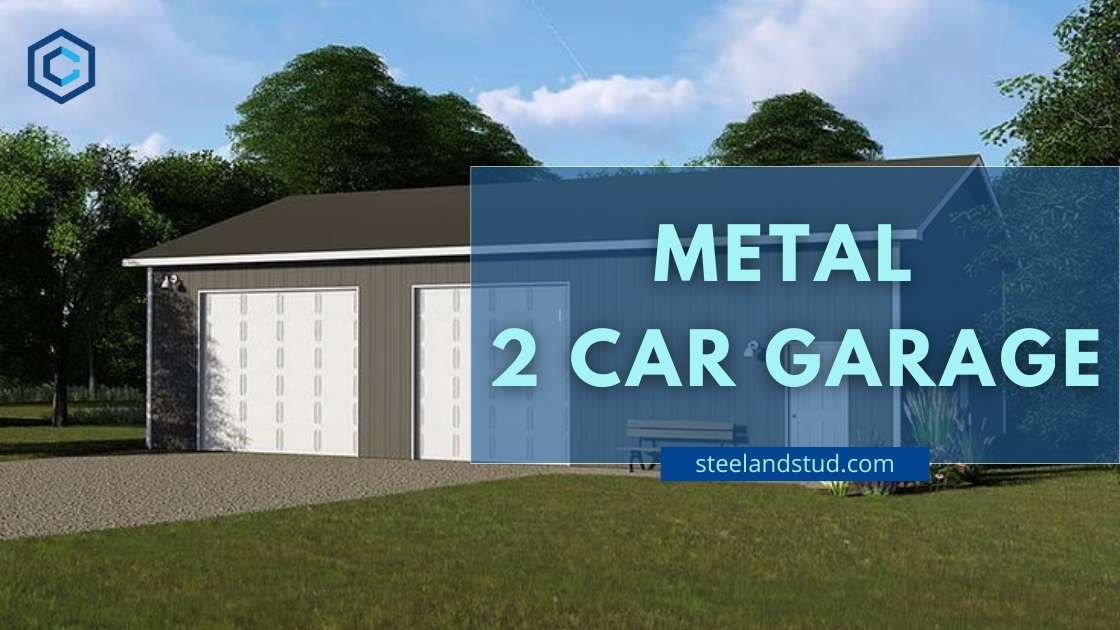
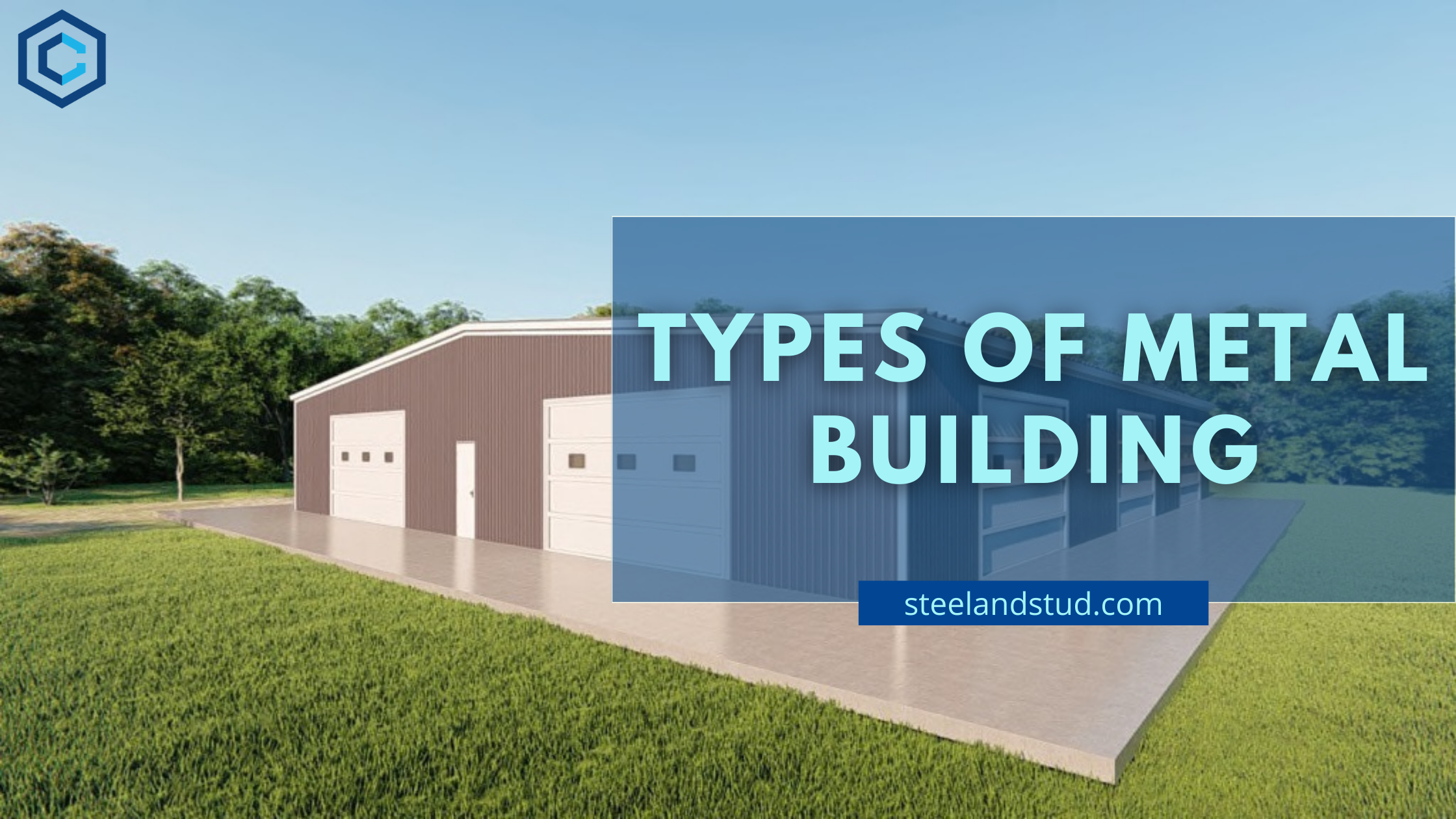
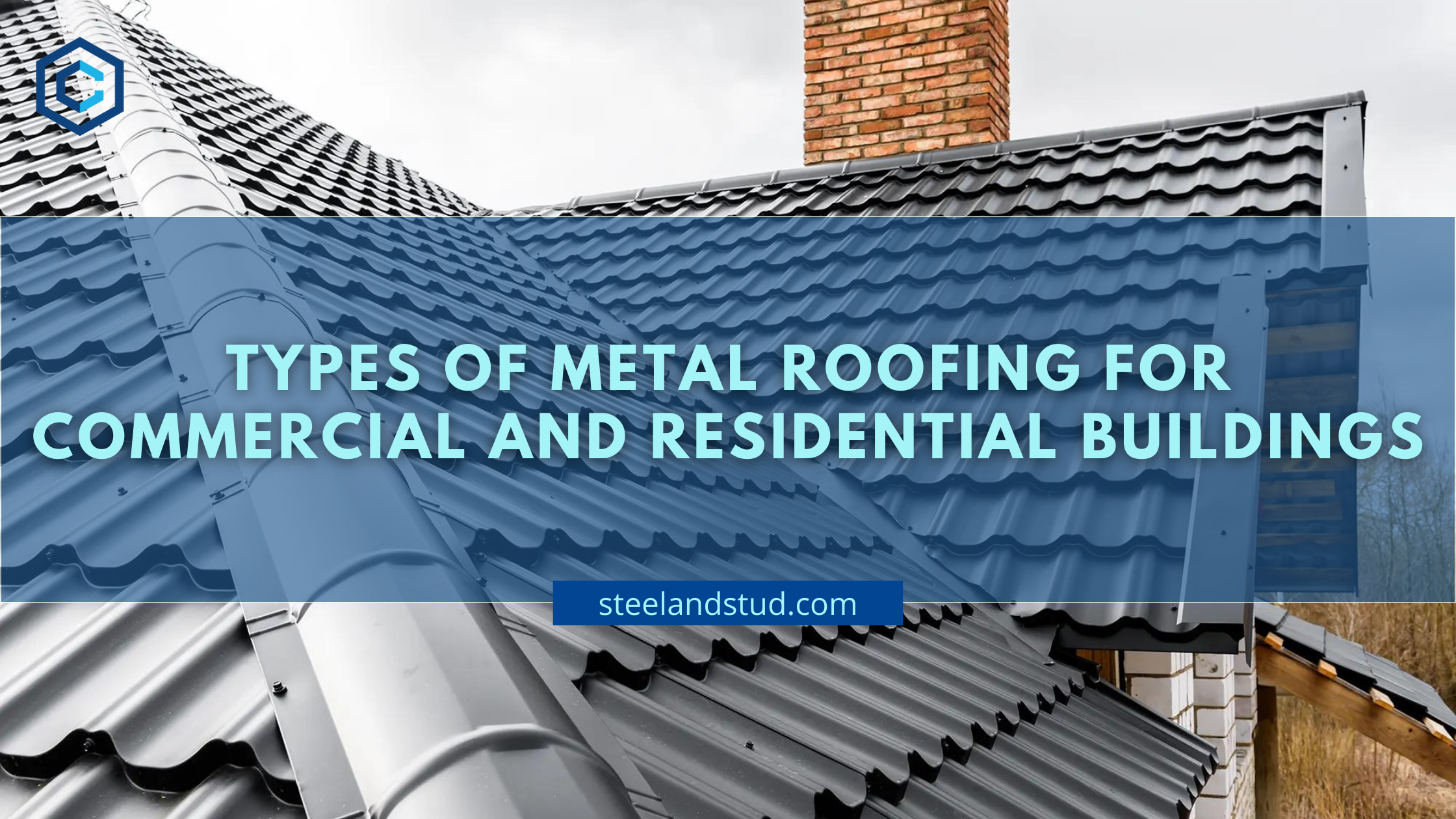
Different Types of Metal Roofing for Commercial and Residential Buildings
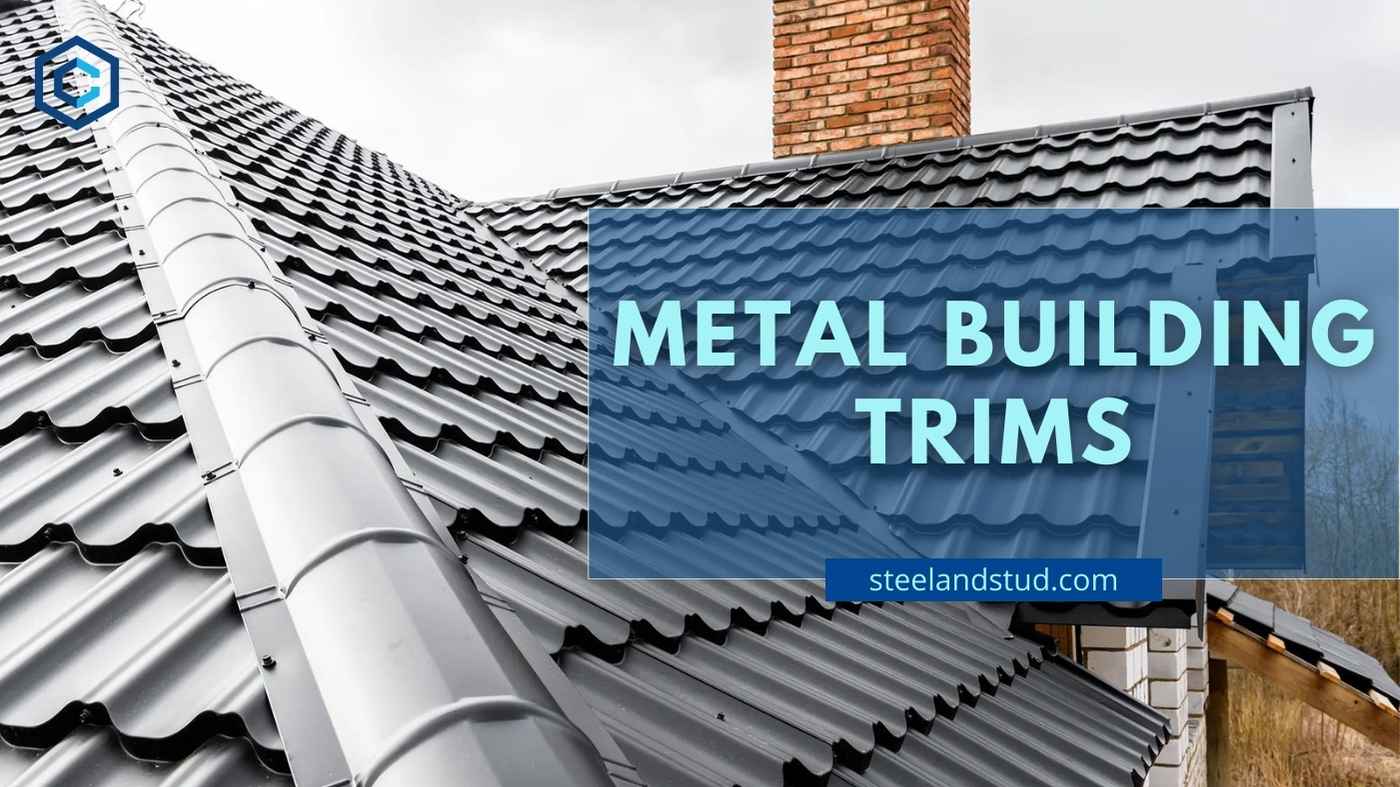
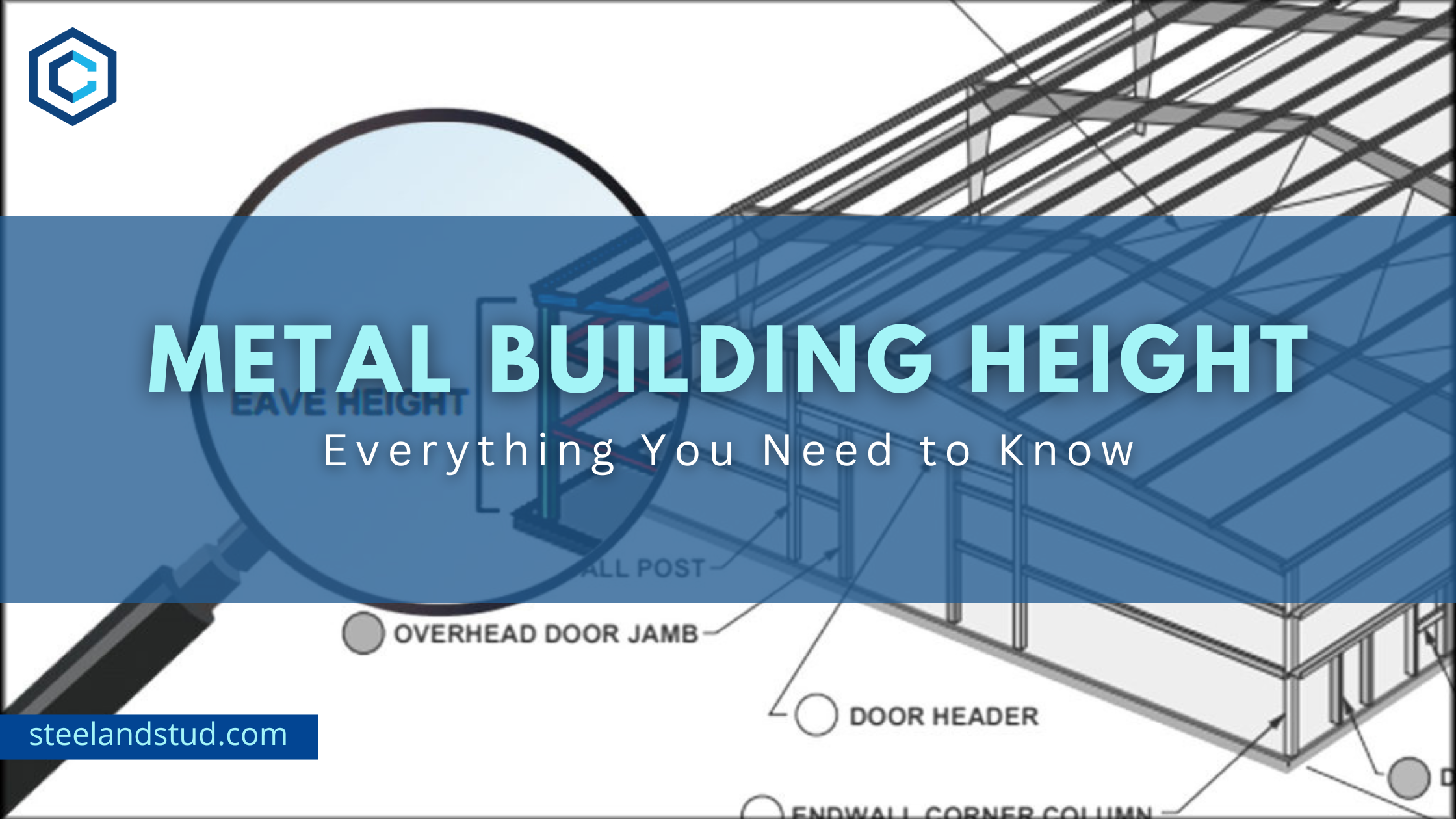
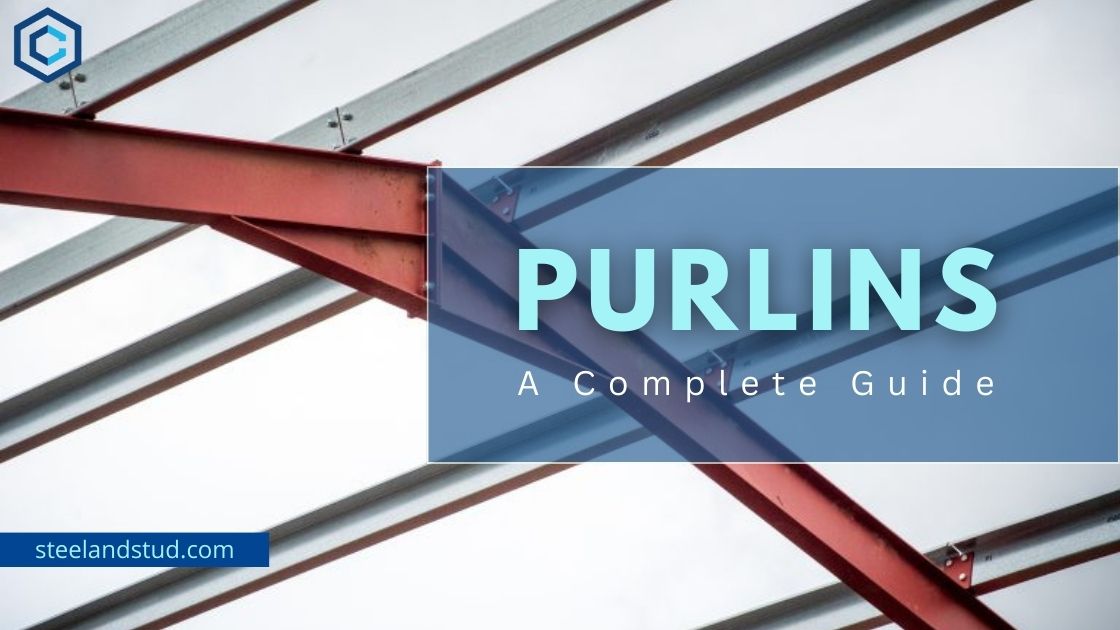
What Is A Purlin? Types, Sizes, Designs, Accessories & Cost
